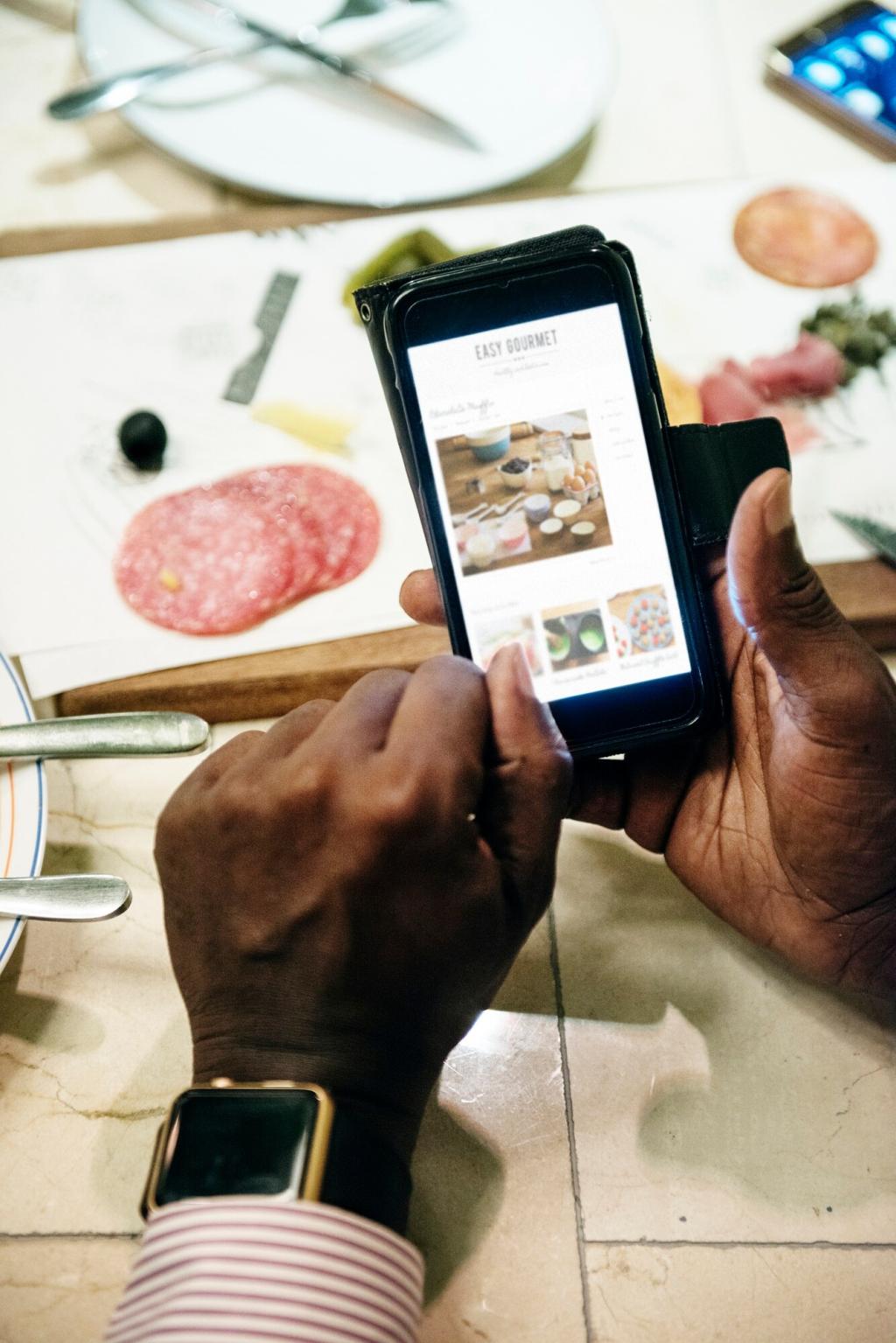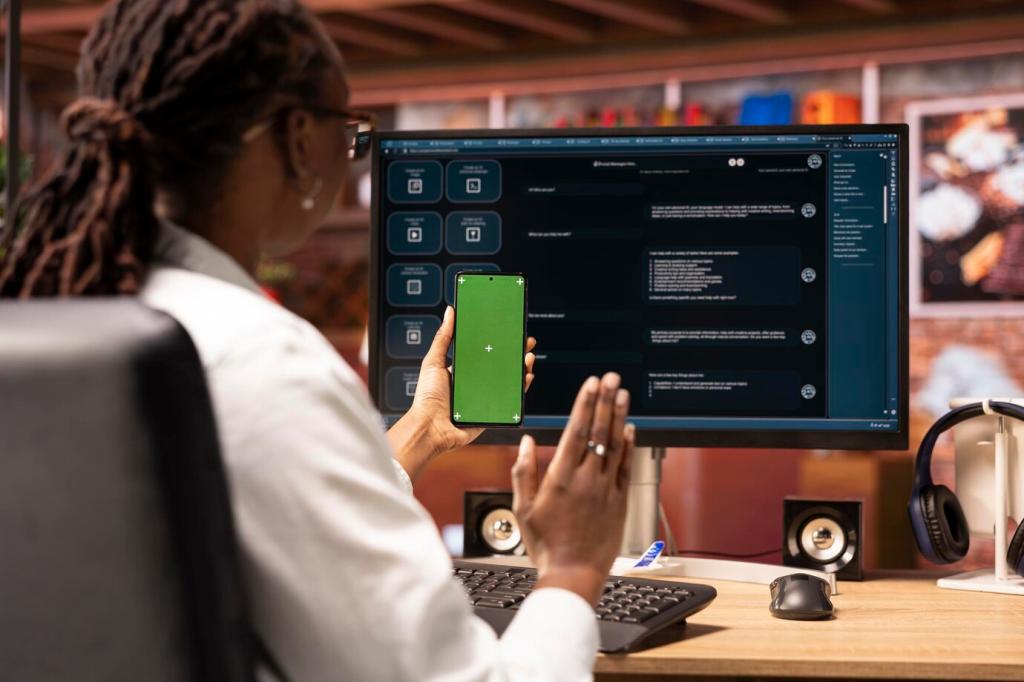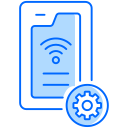Integrating IoT Technology into Mobile Apps
Chosen theme: Integrating IoT Technology into Mobile Apps. Explore practical strategies, proven patterns, and human stories that turn connected devices into delightful, dependable mobile experiences you’ll want to build—and use—every day.
Connectivity That Just Works
Bluetooth Low Energy shines for nearby control and setup; Wi‑Fi handles rich, continuous data; Thread and Matter simplify smart home interoperability; cellular suits mobile assets. Mix carefully, and let the app guide users to the best option.
Connectivity That Just Works
MQTT excels for lightweight publish/subscribe at scale, CoAP fits constrained devices, WebSockets provide real-time streams, and HTTPS is universal. Standardize payloads, define QoS, and document timeouts and retries to survive flaky networks.


Strong Identity and Authentication
Issue device certificates during manufacturing, rotate keys automatically, and bind app sessions to user identity via OAuth 2.0 or OpenID Connect. Avoid shared secrets; every device should have its own hardened, attestable identity.
Encrypted Everywhere, Minimal Data
Encrypt data in transit and at rest, and only collect what you truly need. Anonymize telemetry, separate PII, and provide clear controls so users can delete data, revoke access, and understand exactly what is sent and why.
Secure Updates and Recovery
Plan for secure over-the-air firmware updates with signed images and staged rollouts. Include a recovery mode that the app can trigger and guide, ensuring devices never brick and users never feel powerless when things go sideways.
Designing a Delightful Connected UX
Show the path, not just steps. Offer visual progress, contextual tips, and instant validation when pairing succeeds. If anything fails, provide a retry that preserves prior progress so users feel guided, not punished.
Designing a Delightful Connected UX
Differentiate live readings from last-known values, timestamp everything, and cache smartly for offline use. Use subtle animations and states like “Awaiting device” to set expectations honestly while preserving a sense of responsiveness.


Edge, Cloud, and the Sync Between
Run quick checks and simple rules on-device or on the phone—like anomaly thresholds or presence detection—to react instantly. Reserve heavy analytics for the cloud, then stream summarized insights back to keep the app fast.

Testing in the Wild, Not Just the Lab
Device Farms and Simulators Together
Combine hardware device farms with high-fidelity simulators. Simulators accelerate edge cases, while real devices reveal radio quirks and timing bugs. Keep them in sync with the same protocol specs and sample payloads.


Network Chaos as a Feature
Introduce packet loss, latency spikes, captive portals, and IP changes during tests. Validate reconnection logic, command deduplication, and user messaging so the app feels calm and competent under pressure, not panicked.
Power, Performance, and Longevity

Tune BLE advertising intervals, bundle reads, and avoid chatty polling. Prefer push updates via MQTT or WebSockets. On iOS and Android, respect background limits so your app cooperates rather than fights the operating system.
Anecdotes from the Field
Our first smart thermostat shipped with an aggressive sleep schedule to save power. Commands felt delayed, frustrating users. We added a lightweight heartbeat and queued actions, and suddenly the app felt responsive without draining batteries.
Anecdotes from the Field
Pairing failures spiked in apartments with crowded Wi‑Fi. A simple switch to QR-based identity plus BLE setup cut failures by half, and clear progress messages turned anxious moments into small wins worth sharing.


